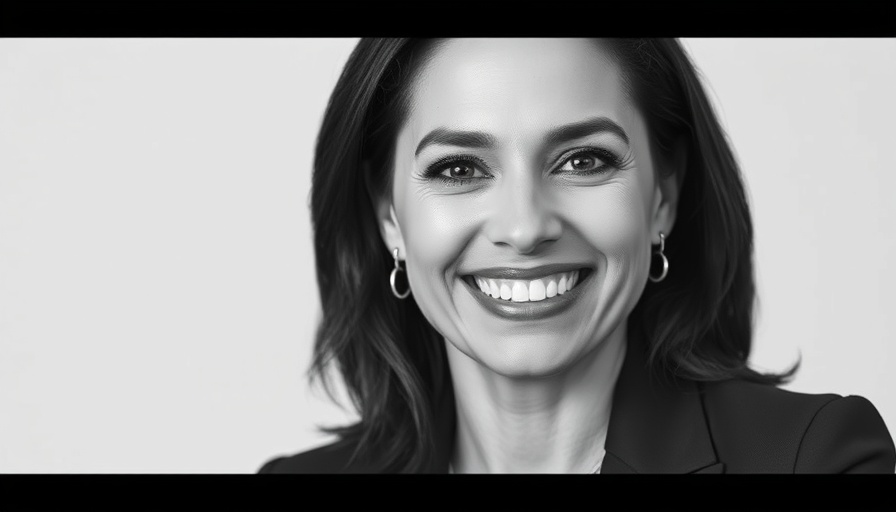
The Unlikely Journey of Leena Nair
When Leena Nair stepped into the role of global CEO at Chanel in 2021, she faced skepticism about her leadership. Despite her accomplishments, the question lingered: "Why me?" This sentiment is not uncommon among leaders from unconventional backgrounds. Nair’s path from Maharashtra, India, to one of the world’s most luxurious fashion houses embodies the essence of resilience and determination that is vital in today’s dynamic market environment.
The Power of Empathy in Leadership
Throughout her career, Nair has emphasized the importance of empathy and emotional intelligence in executive leadership. She attributes much of her success to these traits, which have guided her in strategic decision-making and aligning teams with broader organizational goals. "Lift as you climb" is one of her mantras, reflecting her commitment to supporting future leaders. This approach creates a culture of inclusion that is essential for agile and visionary leadership.
Resilience and Adaptability
In reflecting on her journey, Nair recalls formative experiences, such as negotiating with her parents for the chance to pursue engineering and enduring long train rides that tested her determination. These life lessons are crucial in shaping a leader’s mindset, particularly under pressure. In today’s competitive strategy landscape, leaders who can navigate adversity with compassion are better positioned to foster organizational growth and innovation.
Shifting Leadership Models for the Future
Nair’s narrative serves as a beacon for executive coaches and business leaders. The traditional leadership models are evolving, and her emphasis on emotional connections in leadership reminds us that effective corporate governance is built on understanding human experiences. To effectively mentor future generations, today’s leaders must adapt their strategies to prioritize empathy alongside business objectives. This alignment not only fuels personal growth for leaders but also sets the stage for organizational success.
Embrace the Future of Leadership
Leena Nair's story inspires a re-evaluation of the qualities that define effective leadership today. As leaders navigate the complexities of modern business environments, integrating empathy and curiosity into executive strategies can significantly enhance team alignment and long-term vision. Embracing this kind of leadership agility will not only strengthen their organizations but also positively impact communities they serve.
 Add Row
Add Row  Add
Add 




Write A Comment